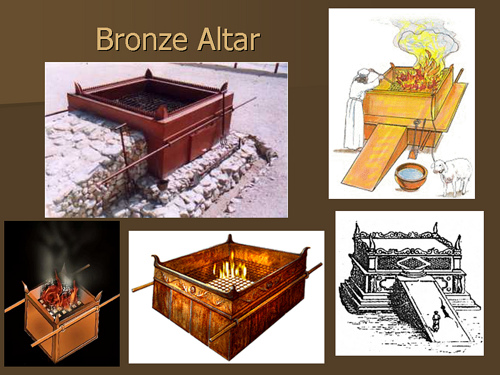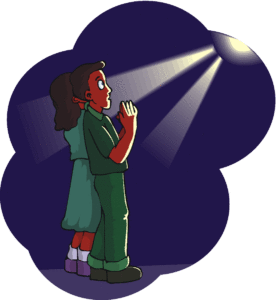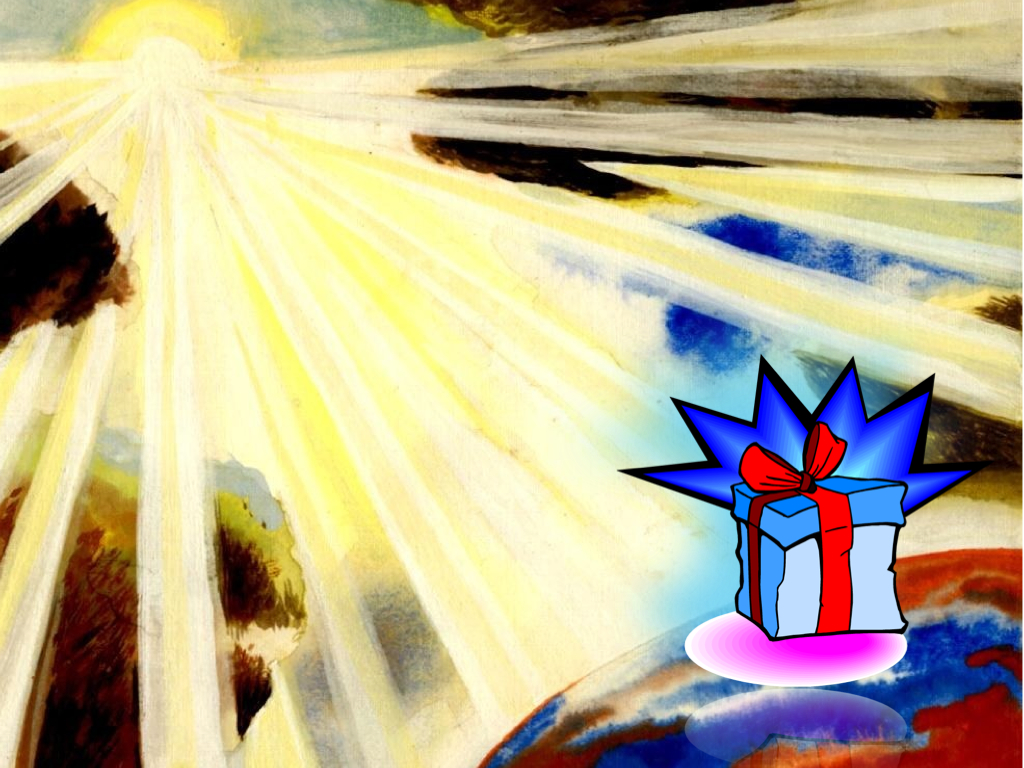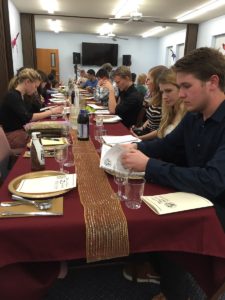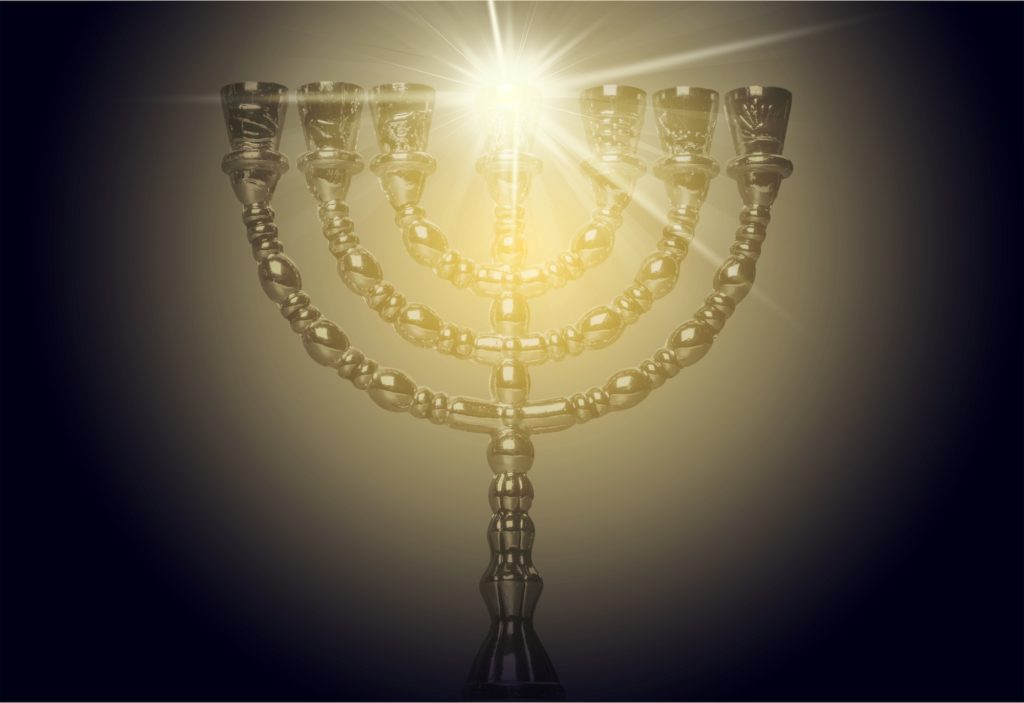
Psalm 137:2, Willows. This is the Hebrew word ârâba, which according to some lexical sources means “poplar” (e.g., The TWOT; Brown, Driver, Briggs), but according to others it refers to the willow tree (e.g., Gesenius, Wilson’s, Strong’s, All the Plants of the Bible, by Winifred Walker the renown plant artist).
Perhaps the trees in this verse were weeping willows, since the botanical name of the common weeping willow is Salix babylonica. Why is this? This is because this species of willow, which actually is native to dry areas of northern China, has been cultivated for millennia elsewhere in Asia, including in Babylon in the area Mesopotamia, since it was traded along the Silk Road to southwest Asia and Europe.
However, the willow tree that is native to Babylonia that may be referred to in this verse, may not actually a willow (Salix babylonica), but a poplar (Populus euphratica). Both of these trees are in the family (Salicaceae) but are not the same species. The former is a willow (salix) and the latter is a poplar (populus) .
According to rabbinical Jewish commentary on this verse, the Jews hung their harps within the willow trees that grew along the river to conceal them from their captors (The ArtScroll Tanach Series Tehillim/Psalms Commentary). On the surface, this explanation doesn’t seem to make sense, since in the next verse, the very same captors are asking the Jews to play songs on these harps.
The same Jewish sages go on to explain that these ten-stringed harps or kinors were not ordinary musical instruments, but sacred ones used by the Levites in the temple service and were for praising YHVH (Ps 33:2). Before the Jewish exile, the people hadn’t treated these holy instruments with proper respect. But now, in exile, they repented of their sin, and instead of irreverently placing these instruments on the ground, they now hung them in the willow branches (ibid.).
As a way of reconciling the Jews’ hiding their harps and also playing them for their captives, the Jewish commentators suggest that Nebuchadnezzar, the same Babylonian king who had destroyed Jerusalem, would demand that the Jews entertain him musically with their harps. (In the ancient world, the Israelites may well have been famous for their skill at playing the harp—think of the young David, who was not only a skilled harpist, and became a poet and song writer as well.) The sages go on to explain that the Jews would hide their harps in the willow trees, so has not to have to play for the same heathen king who had destroyed their temple (ibid.)
Whether the trees mentioned in this verse were willows or poplars, and whether the rabbinic explanation of this psalm is correct or not, we don’t know. However, the spiritual lesson is clear. Don’t take for granted and treat irreverently those holy things that YHVH has entrusted to you, while times are good. If you do, you may live to regret your callous attitude when you suddenly find yourself in a not so pleasant situation in the midst of his refining fires of judgment. And don’t stop praising YHVH Elohim in both the good times and the bad. Perhaps if we do praise him when times are favorable for us, we won’t need to face his judgments unto repentance later on due to our lack of praising him.


